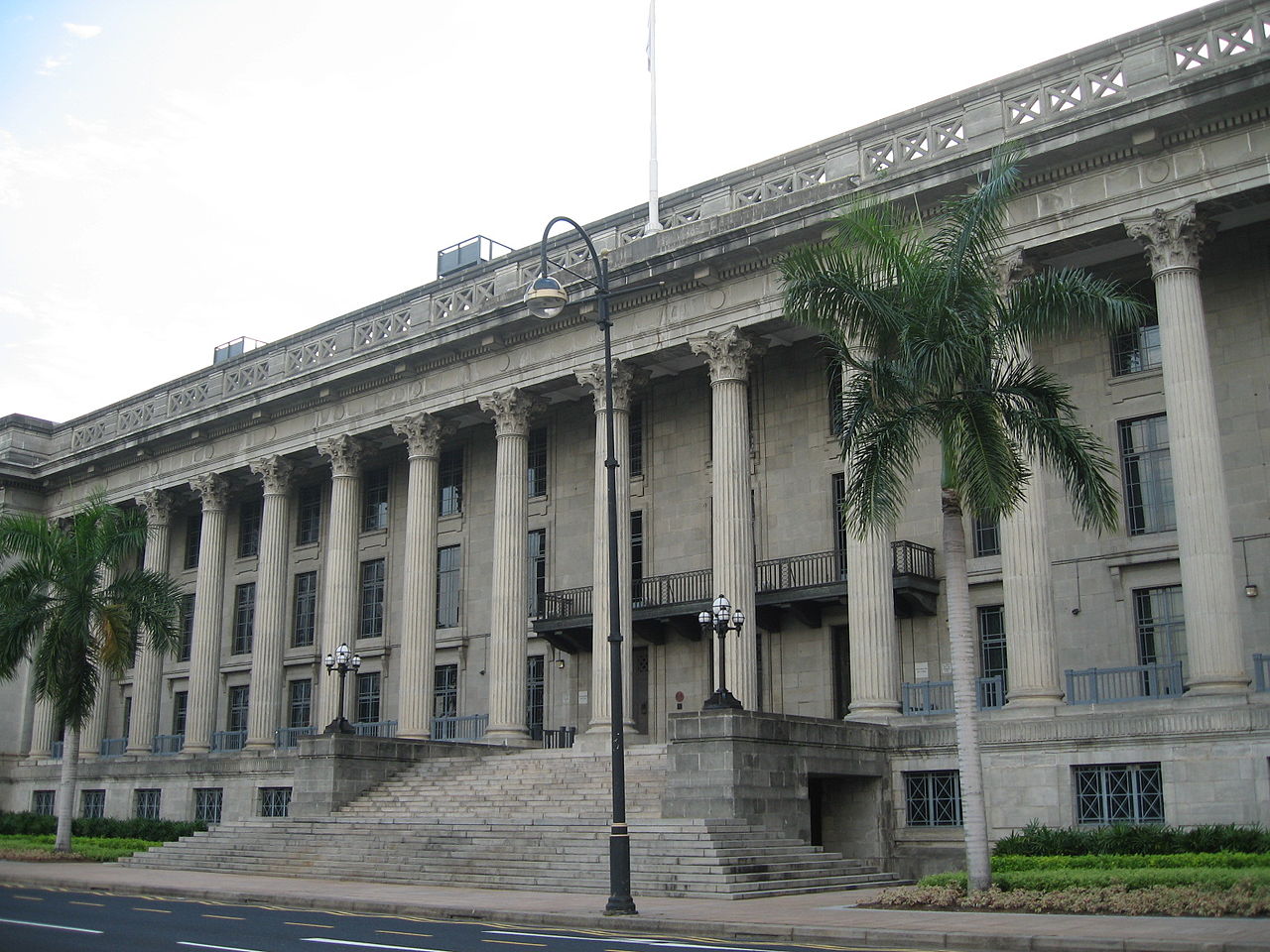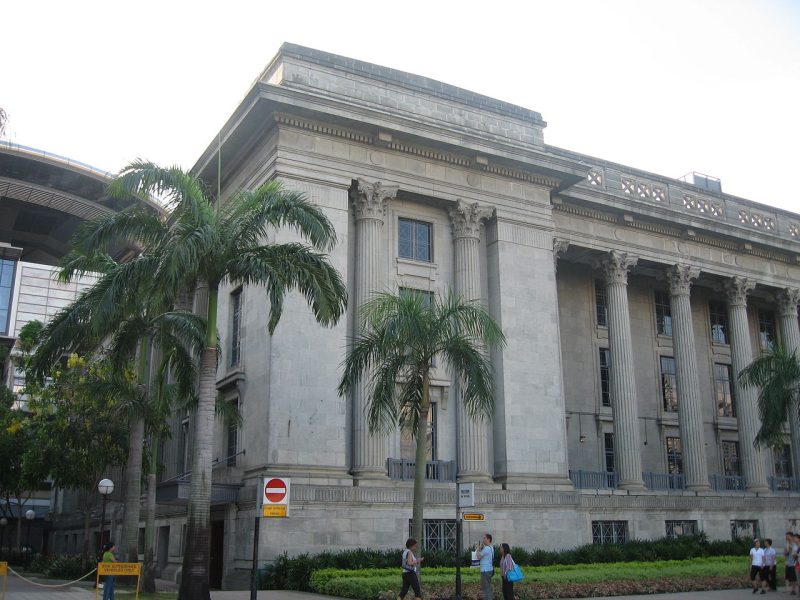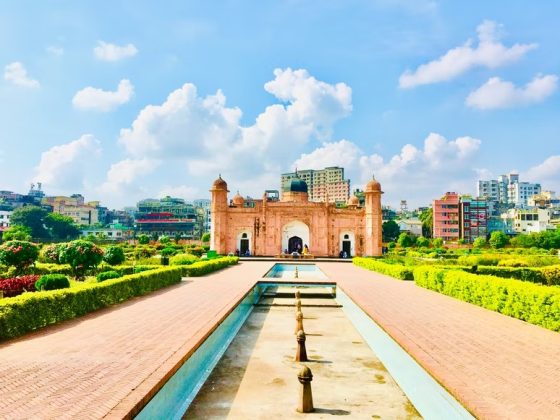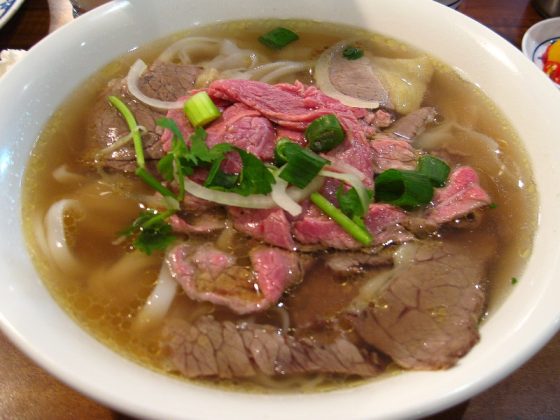A stately building and one of the key attractions in Singapore, the former City Hall has seen the country develop over the decades; here are some insights into its fascinating history.

Its Location
This building is in the Civic District within the city’s Central Business District, an ideal place to be based for those looking for the best luxury hotel in Singapore. This historical structure, only a four-minute walk from the SG Clean certified Grand Park City Hall, is located across from a large open field called the Padang.
Colonial Times
During British colonial rule, the former City Hall began life under another name which was the Municipal Building. Designed by Alexander Gordon and F. D. Meadows, this impressive structure was completed in 1929; at the time, it became home to the city’s Municipal Council that oversaw public infrastructure maintenance among other things.
World War Two
During Japan’s attacks in World War Two, the Municipal Building was used as an air-raid shelter for the public. Following Japan’s capture of Singapore in February 1942, occupying forces used this site as the municipal headquarters. Interestingly, it’s also here where General Seishiro Itagaki surrendered to Admiral Lord Louis Mountbatten in September 1945 marking the end of Japanese occupation.
Other Highlights
In 1951, Singapore was granted city status by King George VI and the Municipal Building was renamed City Hall. It was here that in 1959, Lee Kuan Yew, the nation’s first Prime Minister, was sworn into political office. Following the country’s independence in 1965, the building was used to house government offices and host swearing-in ceremonies; in 2015, the former City Hall (along with the former Supreme Court) became home to the National Gallery Singapore, a must-visit attraction to this day.











